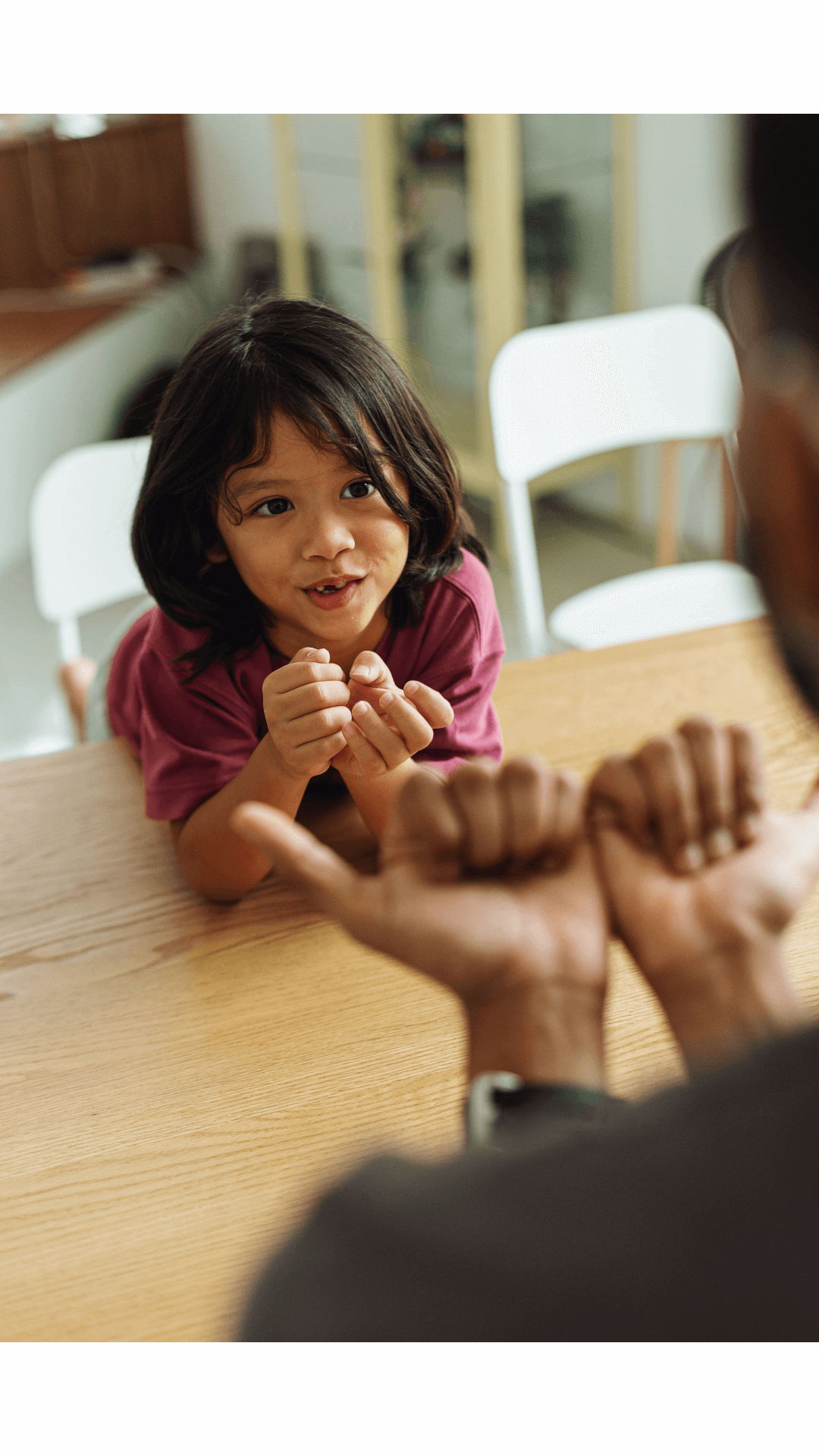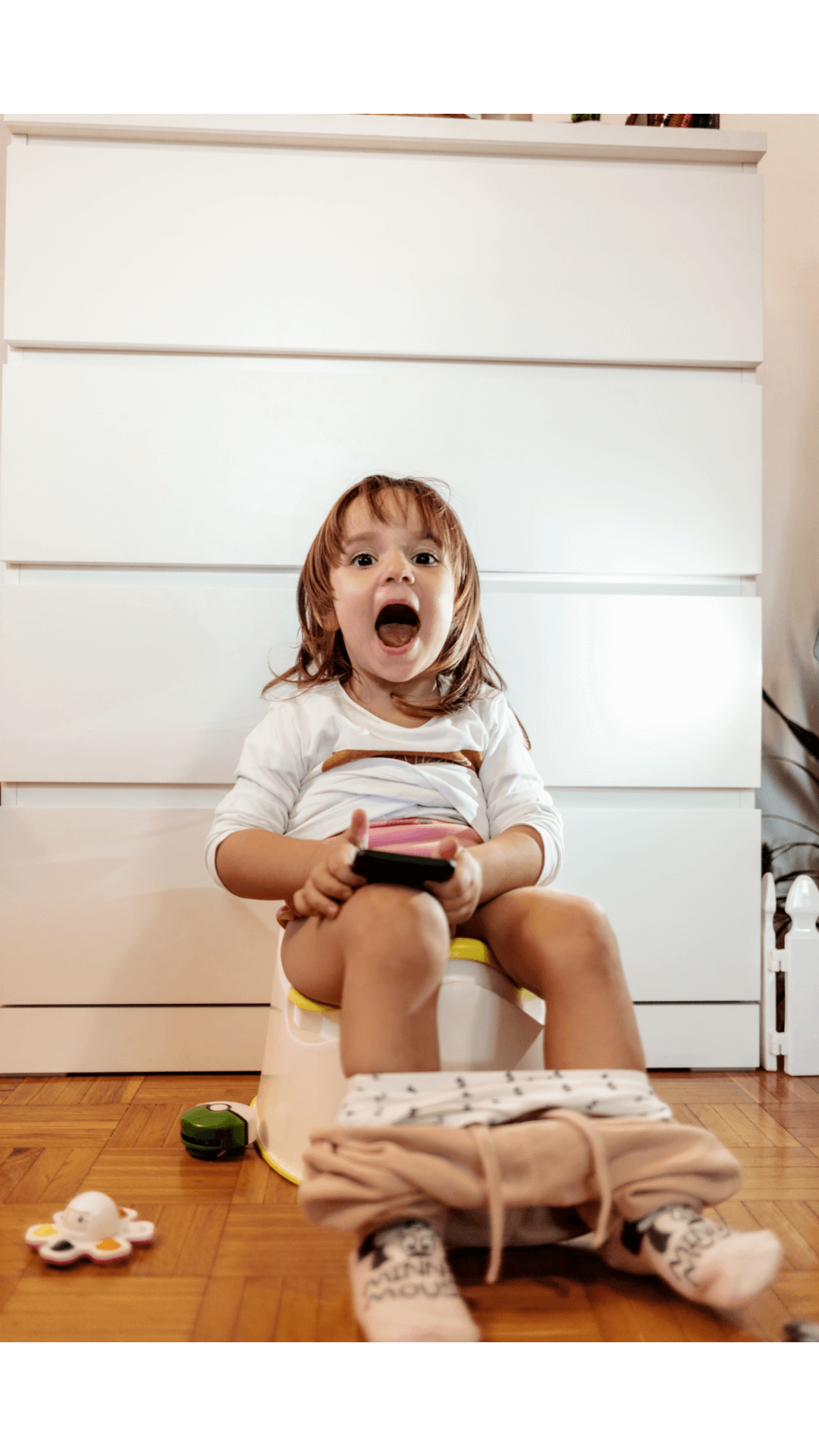
100+ Baby Name Ideas for Boys, Girls, and Gender-Neutral
Searching for the perfect name for your baby? Many parents will look to classic, popular, vintage, and family names for inspiration. If you need help getting started, today’s article discloses our favorite baby names: girl, boy, and gender-neutral. Trendy Boy Names 2024 It doesn’t matter whether you’ve just had your ultrasound or he’s already nestled in your arms, here are some trendy names for your baby boy: Ezra Ezra is a Hebrew name meaning “help.” It comes from the biblical Ezra the Scribe, who was known for reminding the Jewish community of the Torah’s sovereignty. For this reason, Ezra is associated with immeasurable aid and support. Leo Leo is a masculine name with Latin roots. And like the Zodiac sign, it translates to “lion.” Liam Liam has Irish roots, though it’s related to the British name William. For this reason, it means “helmet of will” or “protection.” Because Liam embodies a strong-willed warrior, it’s an ideal name for courageous babies. Apollo As the God of Archery and the Sun, Apollo is an icon in Greek mythology. The name Apollo means “destroyer,” and if you want to inspire your baby to protect the people he loves, this name is it. Oliver Oliver is a French name that’s associated with the beloved olive tree. Therefore, it serves as a symbol of peace, dignity, and friendship. Rocco This short and snappy name is of Italian origin. Some say Rocco is derived from the English word “rock,” while others believe it comes from the old German word hruoh, meaning “crow” or “rook.” Ridge Ridge is an old English word meaning “continuous elevated mountain crest.” This unique, vintage name has started to gain popularity in recent years. Hudson Originating in England as a popular surname, Hudson — quite literally — means “son of Hudd” or “son of Hugh.” (In Medieval England, Hudd was a surname for those who made hoods for a living.) Overall, the name Hudson is fashionably vintage, yet with a solid, masculine ring to it. Lincoln The name Lincoln originated in England, and — like our beloved Abraham — was initially a popular surname. It was originally used to designate people from Lincoln, a cathedral city in the East Midlands of England. Therefore, it translates to “lake or pool colony” and is sometimes interpreted as “town by the lake.” Jack Jack is a classic, British name that might derive from the old French name Jacque. It rose to popularity in Medieval England as a variation of John, meaning “God is gracious,” and Jacob, meaning “supplanter.” Cool Boy Baby Names Below are some more bravado-y boy names to use in 2024: Unique Boy Baby Names On the hunt for a unique baby name that reflects your baby’s individuality? Here are our top picks: Classic Boy Baby Names And last but not least, here are some classic and vintage boy baby names to use in 2024: Trendy Baby Girl Names Have a beautiful baby girl on the way? Here are some trendy baby girl names to use in 2024: Charlotte Charlotte is a feminine variation of the French name Charles. Because Charles means “free man,” the name is often associated with royalty. Charlotte also represents freedom for artistic expression, making it a fantastic choice for creative families. Artemis In Greek mythology, Artemis is Apollo’s twin sister. Therefore, it’s only fitting that they both make the list of trendy 2024 baby names. Artemis translates to “twin of Apollo,” representing the Greek Goddess of the Moon and Hunting. Cleo Cleo is a modern take on the Ancient Greek word kleó, meaning “to celebrate” or “to make famous.” Lotus Lotus is a Greek name representing the lotus flower. If you didn’t already know, the lotus flower is considered sacred in many cultures and is often a symbol of purity. Jade Jade is a British name that means “precious stone.” And many of us will recognize it as the stunning and expensive gemstone that bears its name. (Those who practice Confucianism believe jade gemstones bring good luck.) Rose Like Kate Winslett’s beloved character, Rose is the epitome of femininity. This name has Latin origins, and it translates to “rose” or “flower.” It also inspires a multitude of variations including Rosie, Rosemary, and Rosalie. Carmen This Hebrew name means “garden” or “vineyard.” It’s also a mountain in the Old Testament. Nellie Nellie is an adorable variation of the Latin name Cornelia. Of course, it could also be related to the Greek names Eleanor or Helen. It means “horn” or “sun ray” and, as you can tell, has a wonderfully whimsical vibe. Alexandra Alexandra is a classic name associated with royalty. It has Greek origins, and it means the one who has come to save the warriors. Camilla This Italian name means “helping the priest.” It comes from the word camillus, which refers to the person serving as an acolyte in the ancient church. Cool Baby Girl Names Searching for an effortlessly cool name for your little girl? Here are some of our favorites: Unique Baby Girl Names Here are some unique baby girl names that we suspect will become popular in 2024: Classic and Vintage Girl Names If you’re searching for a vintage baby girl name, these classics can’t be beaten: Gender-Neutral Baby Names Whether you’re waiting to know the gender or simply looking for a universal option, here are some gender-neutral baby names: Kai Kai is traditionally a Welsh name, though it has roots worldwide. In Hawaii, Kai means “the sea,” and in New Zealand, it means “food.” Avery Avery means “ruler of the elves” and “wise.” As you can tell, this name has a whimsical feel. However, because it has a long and established history, it’s deeply rooted and incredibly respectable. Noah Noah comes from the Book of Genesis in the Old Testament, as Noah was instructed by God to build an ark to prepare for the flood. For this reason, it means “rest” and “comfort,” and it’s incredibly popular regardless of religious affiliation. Frankie Frankie









